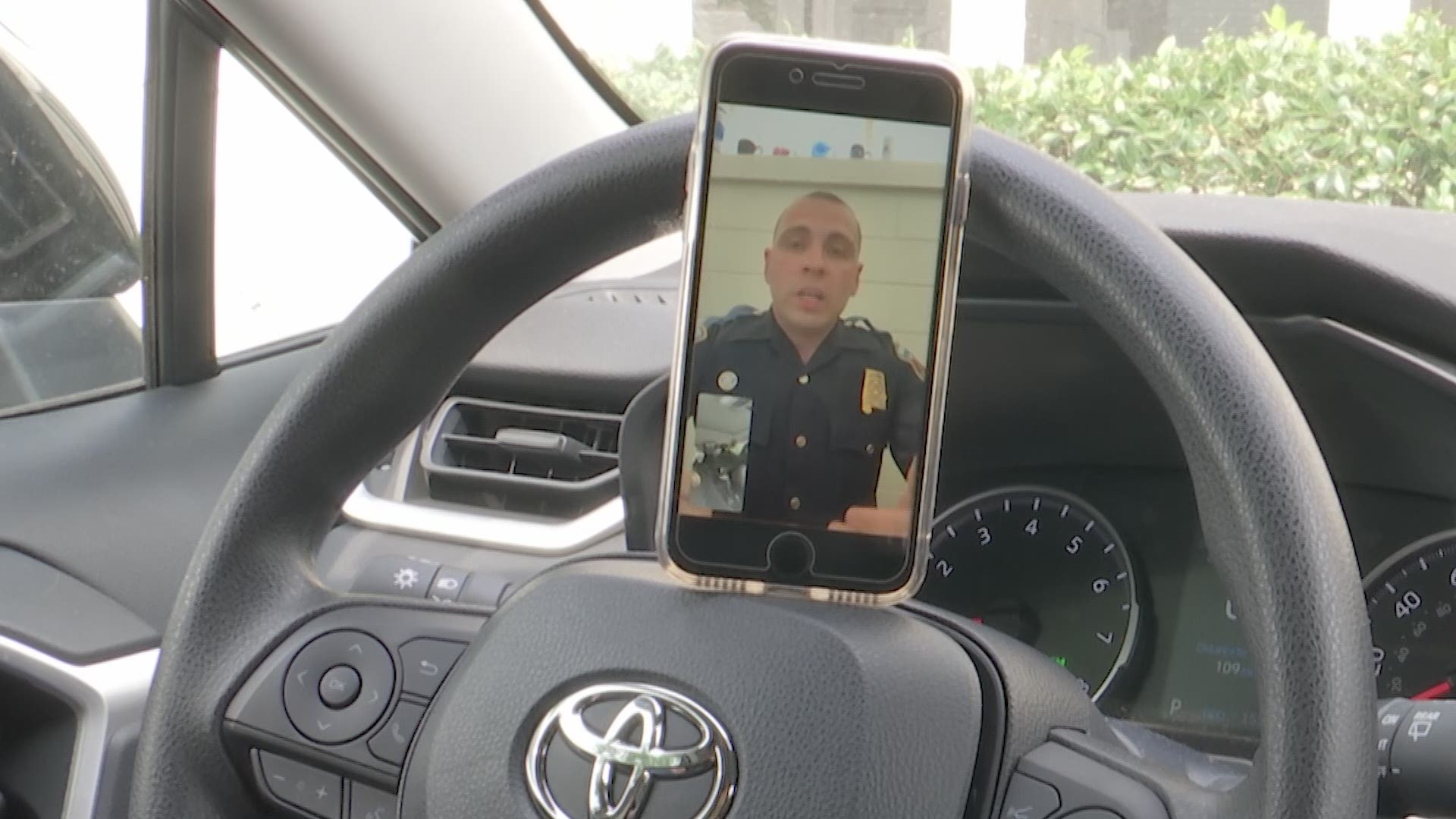HUNTSVILLE, Ala. — Huntsville’s steady population growth means there are now more people than ever driving, taking public transportation, biking, walking, and using a wheelchair or other forms of mobility. That’s why the City’s Department of Urban & Long-Range Planning is developing Vision Zero Huntsville – a plan leaders say will help ensure safe, healthy and equitable mobility for all.
Dennis Madsen, Huntsville’s Manager of Urban & Long-Range Planning, said public input is critical to implementing a citywide plan. To that end, three upcoming public input sessions will give citizens a chance to learn more about Vision Zero Huntsville while also discussing their safety concerns.
“The idea behind Vision Zero is to encourage governments at all levels to commit to zero roadway fatalities and serious injuries,” Madsen said. “The City of Huntsville passed a resolution last year committing to zero roadway fatalities by 2055. We won’t be able to reach that goal without looking at our multimodal safety plan holistically and community engagement and input are essential to that.”
Input sessions are from 5:30-7:30 p.m., and all are within a quarter-mile of a Huntsville Transit stop. Huntsville Transit is also offering free rides to the meetings if riders say they are attending a Vision Zero meeting. Dates and locations are as follows:
- Tuesday, April 18: First Baptist Church – Life Center Auditorium (600 Governors Drive SW; entrance #7 at back of church)
- Wednesday, April 19: North Huntsville Public Library Community Room 132 (3011 Sparkman Drive NW)
- Thursday, April 20: Morris School Cafetorium (4801 Bob Wallace Ave.)
Can’t attend a meeting? Click here to take the Vision Zero survey, available in both English and Spanish. Click the drop-down in the upper right-hand corner of your browser to change the language.
About Vision Zero
Vision Zero was first implemented in Sweden in the 1990s. It is based on the concept of shared responsibility for safety, especially the safety of those who are most vulnerable on the roadways like seniors, children, people who use a wheelchair or have other disabilities, transit-dependent populations, pedestrians and bicyclists.
According to the Vision Zero Network, more than 42,000 people are killed in traffic crashes each year in the U.S. And while some of those are caused by human error, the Network believes engineers and policymakers have the power to reduce the severity of crashes through improved roadway design.
Cities that commit to Vision Zero pledge to:
- Building and sustaining leadership, collaboration and accountability – especially among a diverse group of stakeholders to include transportation professionals, policymakers, public health officials, police and community members;
- Collecting, analyzing and using data to understand trends and potential disproportionate impacts of traffic deaths on certain populations;
- Prioritizing equity and community engagement;
- Managing speed to safe levels; and
- Setting a timeline to achieve zero traffic deaths and serious injuries, which brings urgency and accountability, and ensuring transparency on progress and challenges.

